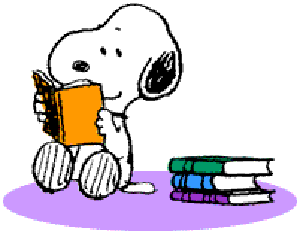Williams, Nicole - Kindergarten
Page Navigation
-

Kindergarten Reading Expectations
-
Develop print awareness in the reading process by:
- identifying all upper and lower case letters
- sequencing the letters of the alphabet
- demonstrating that books are read left to right, top to bottom
- demonstrating that written words are made up of different letters
- knowing that a sentence is comprised of a group of words separated by spaces
- demonstrating one-to-one correspondence between spoken words and written words
Develop phonemic awareness in the reading process by:
- identifying sounds in spoken words
- producing rhymes in response to spoken words
- distinguishing orally presented rhyming pairs of words from non-rhyming pairs
- recognizing spoken alliteration or groups of words that begin with the same onset or initial sound
- blending spoken onsets and rimes to form simple words
- blending spoken phonemes to form one-syllable words
- isolating the initial, medial, and final sounds in spoken words
- segmenting spoken words into 2 or 3 phonemes
Develop phonics in the reading process by:
- producing and writing letter(s) for most short vowel and consonant sounds
- reading high-frequency words
- blending letter sounds to decode simple words
- recognizing that new words can be created when letters are changed, added, or deleted and using letter-sound knowledge to write simple messages and words
With assistance, develop and demonstrate reading skills in response to read alouds by:
- predicting what might happen next in a text-based on the cover, title, and illustrations
- asking and responding to questions about texts read aloud
- retelling main ideas or important facts from a read-aloud or familiar story
- connecting the information and events of a text to experiences e. recognizing beginning, middle, and end.
With assistance, develop an understanding of vocabulary by:
- identifying and sorting pictures of objects into conceptual categories
- demonstrating an understanding of opposites (antonyms)
- distinguishing meaning between verbs describing the same action
- using a picture dictionary to find words
- using words and phrases acquired through conversations, reading and being read to, and responding to texts
With assistance, determine the connection between:
- text to self (text ideas and own experiences)
- text to text (text ideas including similarities and differences in fiction and nonfiction)
Read independently for sustained periods of time by:
- engaging with text as developmentally appropriately
With assistance, read, infer and draw conclusions to:
- identify elements of a story, including setting, character, and key events
- retell the main event from a story read aloud and familiar stories
- recognize sensory details and reoccurring phrases
- recognize different types of texts
- name author and illustrator of a story and describe how each is telling the story
- compare and contrast the adventures of characters in familiar stories
- ask and answer questions about unknown words in text
With assistance, read, infer and draw conclusions to:
- respond to rhythm and rhyme through identifying a regular beat and similarities in word sounds
With assistance, read, infer and draw conclusions to:
- identify the topic and details in an expository text heard and/or read referring to the words and/or illustrations
- use titles and illustrations to make predictions about the text
- identify text features
- identify the meaning of environmental print
With assistance, read, infer and draw conclusions to:
- ask and answer questions to clarify the meaning
- identify basic similarities and differences between two texts on the same topic
- name the main topic and recall key details of the text
- ask and answer questions about unknown words in a text
Read with support, appropriate texts with purpose and understanding
-

